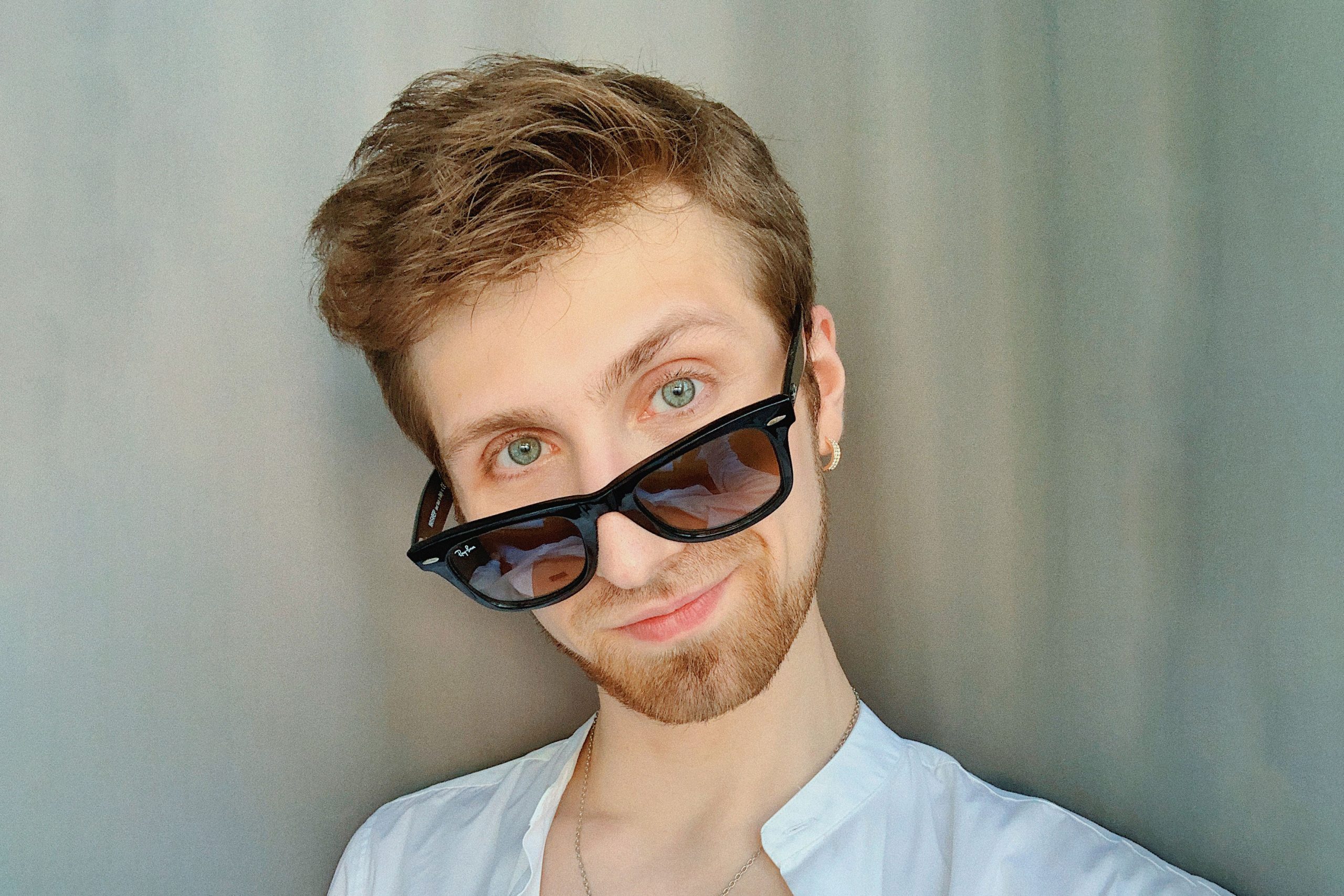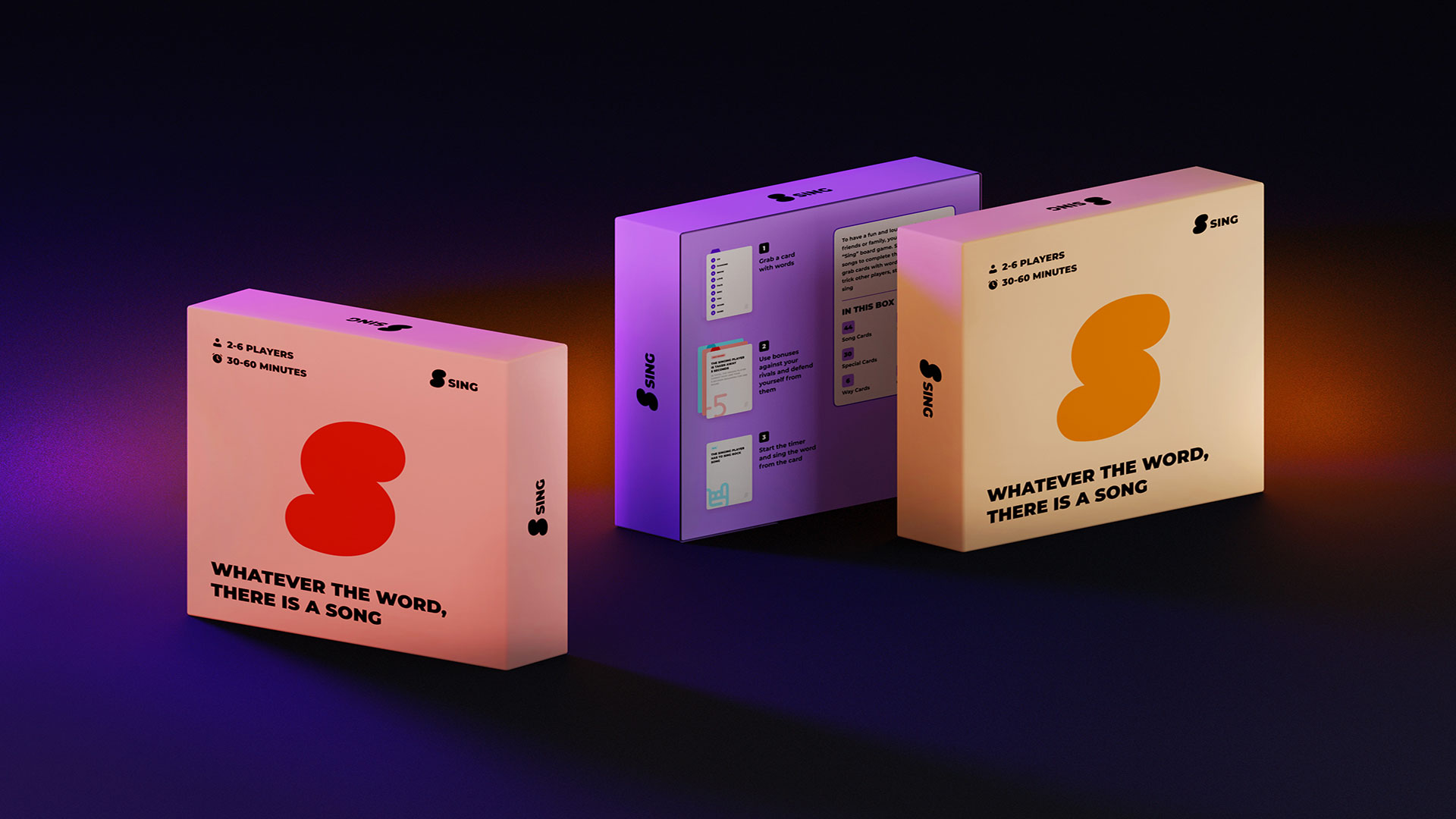Interview with Dmitry Moystsrapishvili from Germany

Interview with Ina Jalil from Australia
May 25, 2023
Interview with Andy Tseng of SHOWDESIGN
May 30, 2023Interview with the 2023 MUSE Creative Awards Winner - Dmitry Moystsrapishvili
I started my design path with motion design at a small digital agency. There, I worked close to UI/UX designers and mostly animated mobile and web interfaces to present it to stakeholders. Then I learned Lottie and JSON and started contributing to interactions within interfaces. Then I decided that I lack graphic design skills and started to learn more about it. I made lots of logos, brand identities, guidelines and animated presentations.
Watching my colleagues making mobile and web interfaces inspired me so much and under supervision of my art director I started developing in product design. Currently, I have 3 years of working experience in the sphere of product design. I’ve been to B2B, B2C products, billing system and customer products. Mostly, I’m passionate in conducting UX researches and analyzing results using different frameworks: CJM, JTBD, user stories.
I guess, idea or a design becomes ‘creative’, when it expands the boundaries of our habitual lifestyle. Creativity involves generating something new and valuable that didn't exist before or existed in a different way. This can take many forms, from a new product or invention to a work of art or a novel solution to a complex problem.
Whatever the form, a truly creative idea or design is one that goes beyond the familiar and challenges us to think differently.
I prefer listening to music while I work. It gives me one sort of energy, pushes me to work and generate ideas faster. As for the process itself, I usually start with a deep analysis of competitors, interviews with users (e.g. of adjacent products). This helps me identify gaps in the market or opportunities for innovation and gives me a better understanding of what my target audience is looking for.
From there, I begin brainstorming and generating ideas, using my analysis as a foundation. It can be helpful to use techniques like mind mapping or free writing to explore different angles and possibilities.
As I begin developing my ideas, it's important to stay open to feedback and iteration. Sometimes the best ideas come from unexpected places, so it's important to keep exploring and experimenting until I find the right fit. Then, I test my ideas on potential users from the target audience and prepare the production version of my work.
I've always been passionate about music. As a music lover, I have about 15,000 songs of different genres added to my favourites. Once I've decided to create a board game for people, who may share their love to music with each other. I started from the rules and the concept of a game and then moved to design: logo, branding, packaging, cards, rules, app, merchandise and finally, a show-reel presenting the work.
The result seemed quite full in terms of different spheres of design, so I decided to enter the MUSE Creative Awards and show it to public audience. In some time I'm planning to publish the game with the help of crowd funding platforms and make the life of music lovers more fun.
Winning an award can be a significant accomplishment and a meaningful recognition of my hard work. It may provide validation and affirmation of my skills and creativity, and can be a source of motivation. Beyond personal satisfaction, winning an award also has practical benefits.
It can boost my professional reputation and help me stand out in a competitive field, potentially leading to new opportunities, collaborations and clients. It can also be a powerful marketing tool, helping to showcase my work and attract attention from potential employers or customers.
I really appreciate that design is so wide spread and diverse field with many different disciplines and specialties. There are countless ways to apply design principles and create meaningful and functional solutions for people. One of the strengths of the design field is its versatility and adaptability.
Designers are constantly exploring new materials, technologies, and approaches to problem-solving, and are often at the forefront of innovation and experimentation. Design can also have a profound impact on society, shaping the way we interact with each other and with our environment.
1. YouTube - there you may get anything you want from tutorials to work processes which may help you get the proper experience and develop skills.
2. Behance and Dribble - huge portfolio bases. They may develop your watchfulness in design.
3. Product and Design conferences: Apple, Google, Figma, GoPro, DJI - always give an inspiration and a taste of innovative design in real products.
4. Products we use every day - Sometimes the best inspiration are the thing we use and see every day: smartphone, TV, posters, trailers, typography on the streets, jewellery, promo videos, short videos on Instagram and TikTok, architecture, furniture, etc.
I really love designing but my biggest dream is to make my artwork recognizable all over the world. Currently, I am making some content with my Emotional Art works for my Instagram page. Hopefully, I'll have some more spare time to grow the audience there and become an artist.
Winning Entry
The Board Game «Sing» | 2023
(read more at MUSE Creative Awards)
Dmitry Moystsrapishvili
Dmitry Moystsrapishvili was always inspired by the mesmerizing visuals he observes in his everyday life and yearns to be surrounded by professionals who produce and creates useful products for the public.
Read more about this interview with Sun Jian from China, the Silver Winner of the 2023 MUSE Creative Awards.


